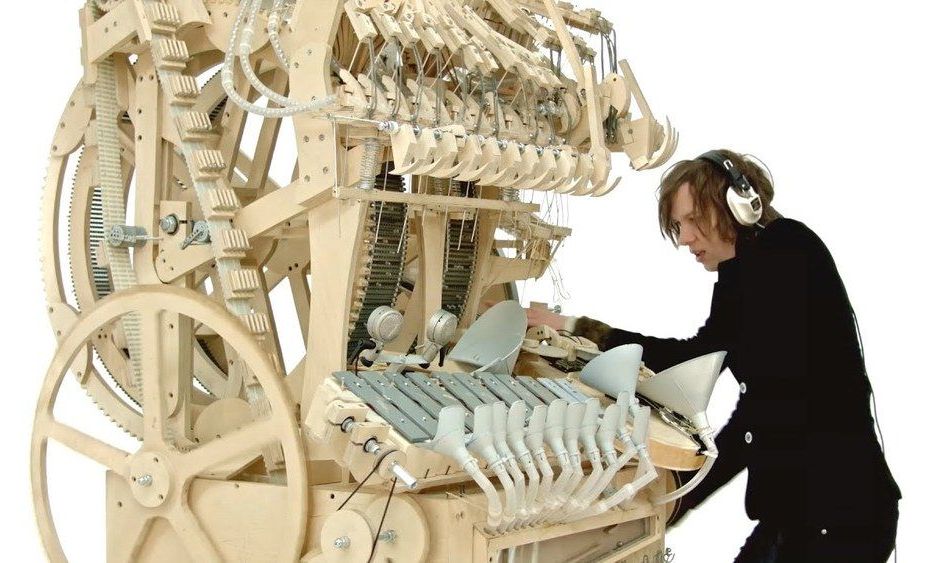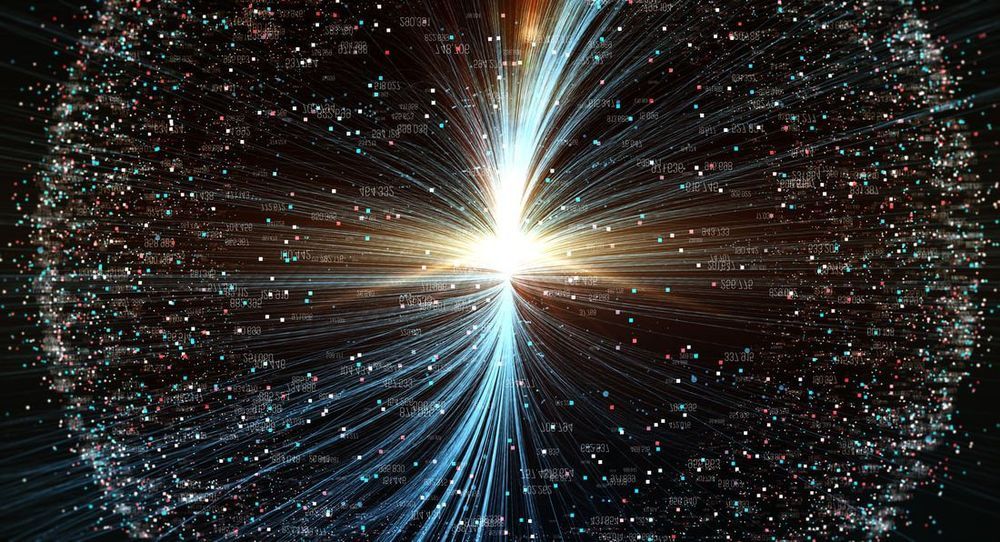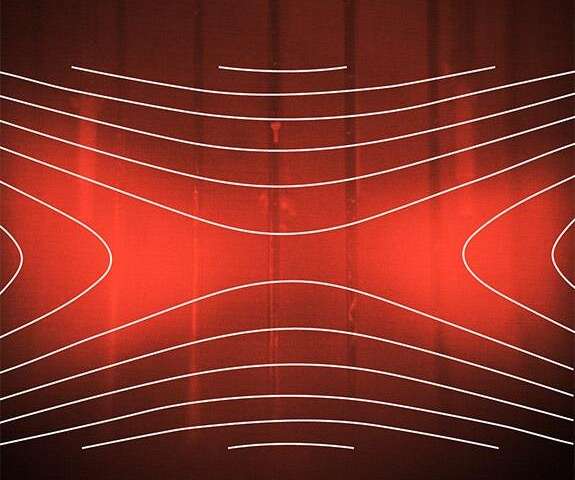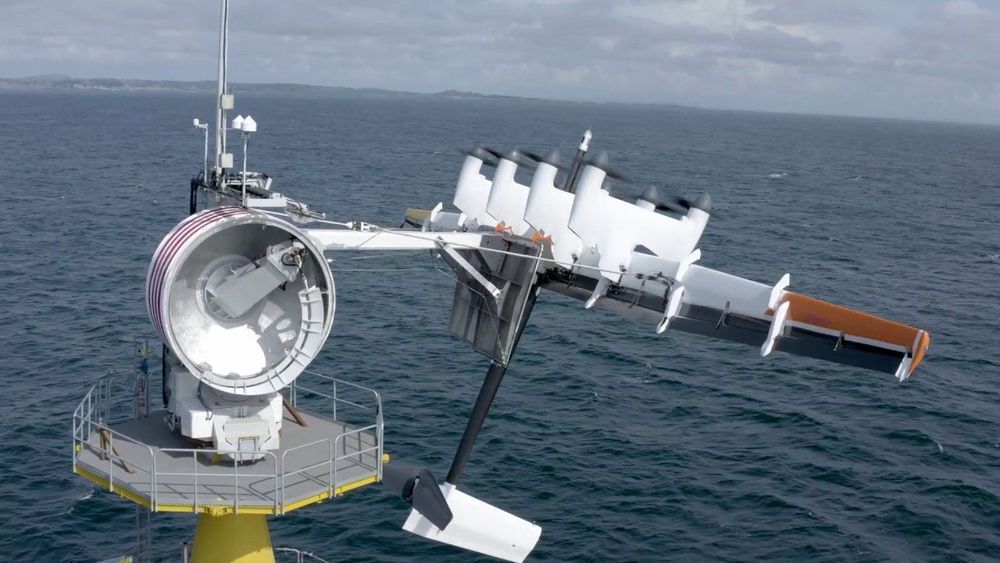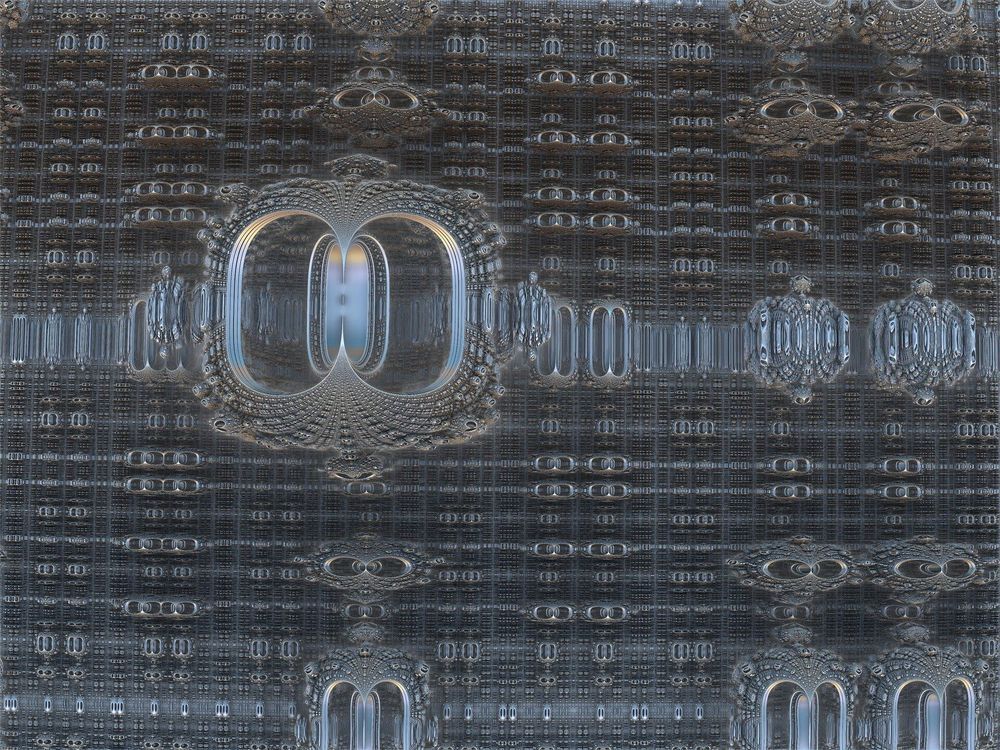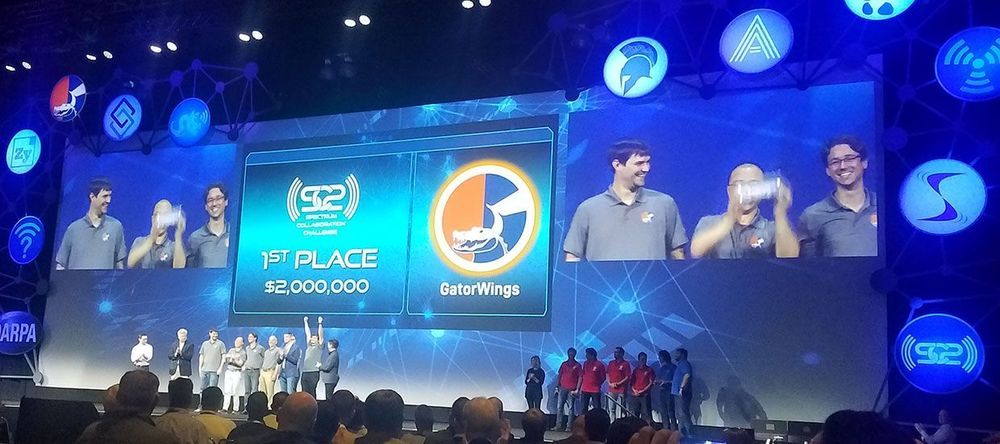Oct 25, 2019
This Physicist Believes There Are Countless Parallel Universes
Posted by Quinn Sena in categories: cosmology, quantum physics
It’s the one aspect of reality we all take for granted: an object exists in the world regardless of whether you’re looking at it.
But theoretical and quantum physicists have been struggling for years with the possibly of a “many worlds” interpretation of reality, which suggests that every time two things could happen, it splits into new parallel realities. Essentially, they think you’re living in one branch of a complex multiverse — meaning that there are a near-infinite number of versions of you that could have made every conceivable alternate choice in your life.
Physicist Sean Carroll from the California Institute of Technology deals with this problem in his new book “Something Deeply Hidden.” In a new interview with NBC, Carroll makes his stance on the matter clear: he thinks the “many worlds” hypothesis is a definite possibility.

